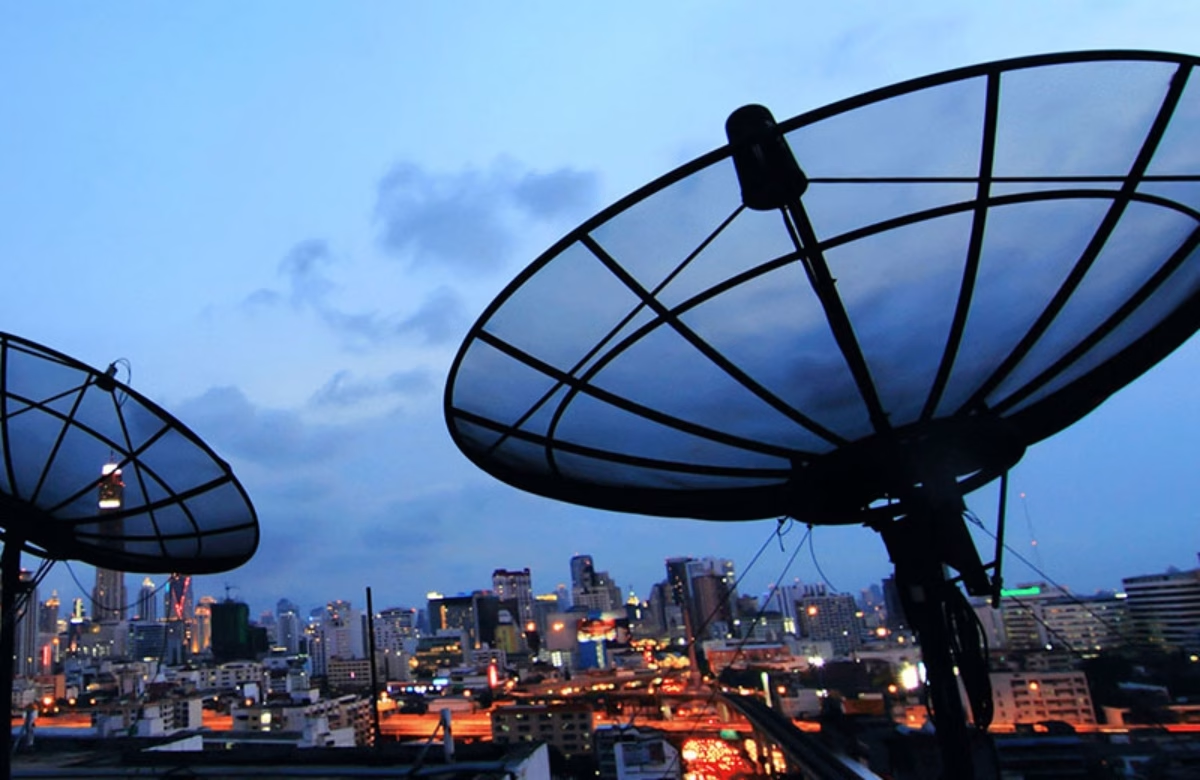The demolitions in Ethiopia’s capital are among the most dramatic that its residents can remember. “Unless we change Addis Ababa, we cannot bring in as much foreign wealth as we desire,” said Abiy Ahmed, the country’s restless prime minister. He plans to lift a ban on foreigners owning property, hoping to attract the same glitzy money that has poured into Dubai. The city administration talks of beautifying road corridors and developing cycle lanes. But it is not just buildings that are being dismantled: it is also an idea of what the city might be, and who it is for. Mr Abiy dreams of a city of tourism and technology, of grand parks and gleaming museums, overlooked by a planned multibillion-dollar complex which will include a national palace and a grand hotel. Some residents say that redevelopment is necessary: in the words of a stoical mechanic, similar changes have happened in cities all over the world. But the upshot is that many residents are being driven out of the heart of the capital. Historically, rich and poor lived closer together in Addis Ababa than in cities like Nairobi or Cape Town, says Biruk Terrefe of Oxford University, but that urban fabric is now being unstitched by “a turbocharged sanitisation of the city centre”.
Monday, November 17, 2025 - 13:35:06
 Columbus, United States | -1°C | Clear sky
Columbus, United States | -1°C | Clear sky









